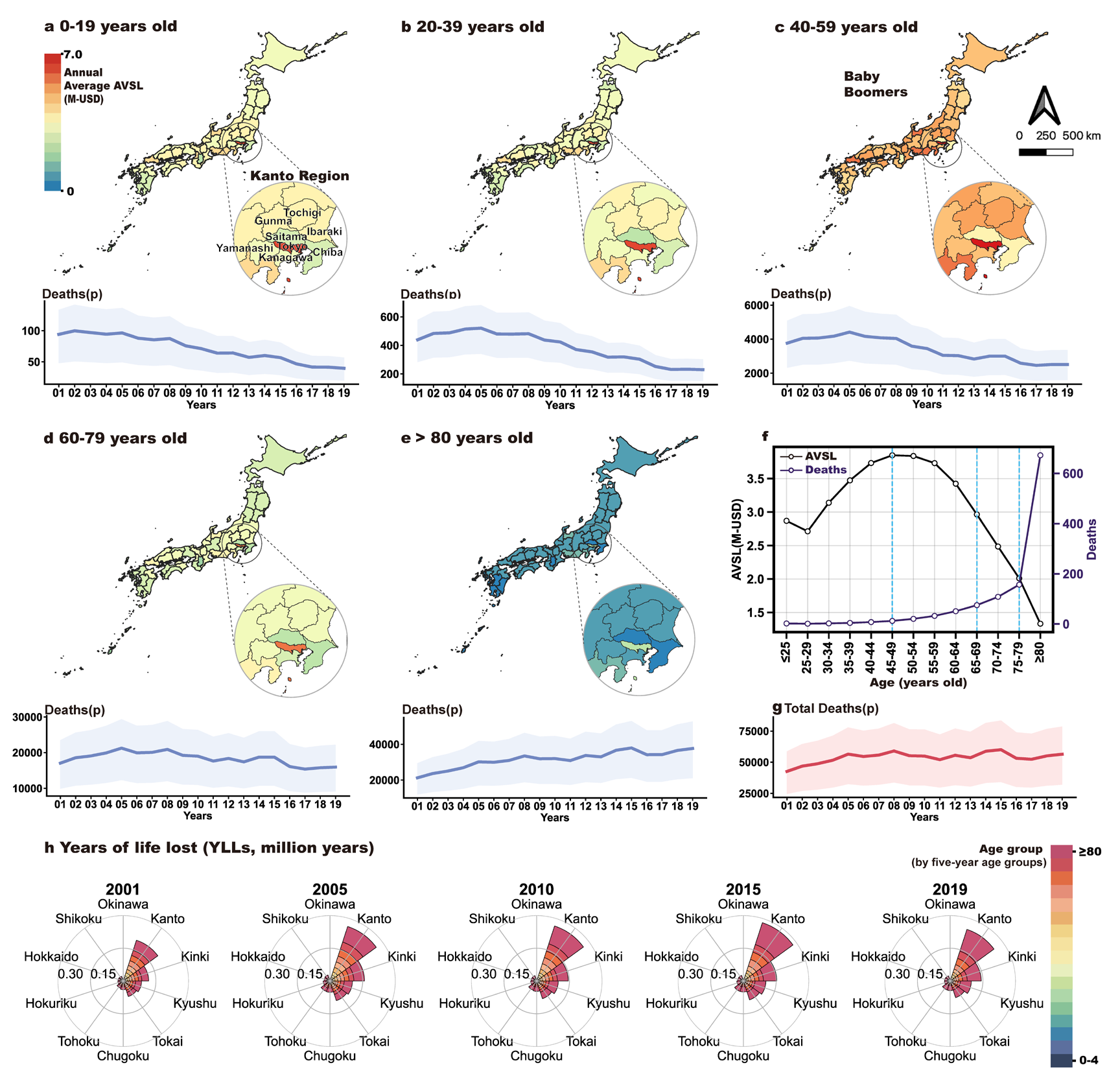Over a third of all businesses experienced supply chain disruptions in February 2022 (37 per cent), according to data released today by the Australian Bureau of Statistics (ABS).
ABS Head of Industry Statistics, John Shepherd, said the latest Business Conditions and Sentiments survey, conducted between 17 and 24 February, showed a reduction in the proportion of businesses experiencing supply chain issues.
“This latest data shows supply chain issues had eased compared to January where nearly half of all businesses (47 per cent) reported having them, but still remained at elevated levels compared to when the survey was last collected in April 2021 (30 per cent),” Mr Shepherd said.
The survey found the most common supply chain issue facing businesses was domestic and international delivery delays (88 per cent), while 80 per cent had supply constraints and 75 per cent had seen increased prices (including transport costs).
Description
Businesses experiencing supply chain disruptions (a)
Yes (37%), No (61%) and Don’t know (2%)
Of those businesses with supply chain disruptions(b)(c):
88% reported increased time to receive products from suppliers
80% reported that existing suppliers were unable to provide products
75% reported increased prices e.g. transport costs
50% were unable to source or substitute alternate suppliers for products
(a) Proportions are of all businesses.
(b) Proportions are of businesses experiencing supply chain disruptions.
(c) Businesses could select more than one response option.
The survey also asked businesses whether existing employees were unavailable to work due to COVID-19.
The survey showed 15 per cent of employing businesses had staff who were unavailable to work due to issues related to COVID-19, a decrease from almost a quarter of employing businesses (22 per cent) in January 2022.
“Large businesses were more than four times as likely to report these absences (58 per cent) compared to small businesses (14 per cent),” Mr Shepherd said.
“Conversely, more small businesses reported they could not cover the hours lost using existing employees (35 per cent) than large businesses (15 per cent).”








